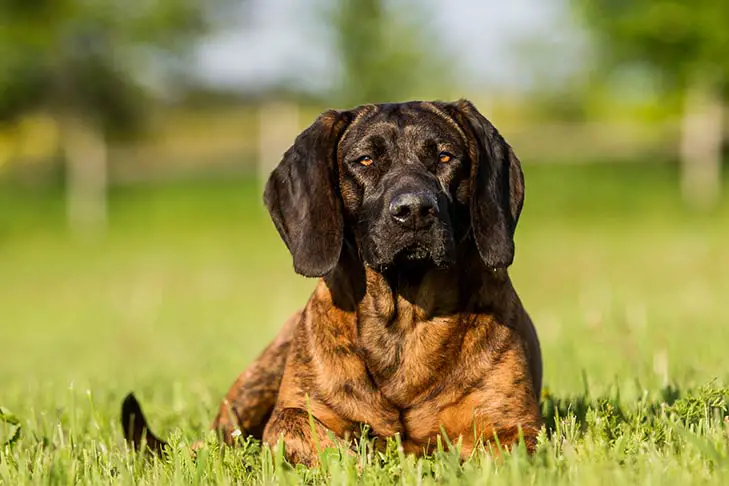The Hanoverian Scenthound is picky and discerning with strangers while yet being calm and in control around his handler. He is fiercely loyal to the hunter in charge and has exceptional concentration skills for any tracking activity.
It is also known as the Hannoverscher Schweihund in its original tongue, is a German breed. The Hanoverian is a highly effective breed that is medium-large in stature, powerful, and beautifully proportioned. He is capable of nonstop effort thanks to his well-set, heavily muscled fore, and rear limbs. His large, broad chest gives his lungs enough of room and makes long, exhausting chases possible.
The Hanoverian Scenthound’s trademark somber expression is produced by the slightly furrowed forehead and the clear, black eyes. The red primary color of the coat, which can range in shade from a light fawn to a dark brindle that almost looks black, is another distinguishing feature of the breed.




 Health
Health Grooming
Grooming Exercise
Exercise Training
Training Nutrition
Nutrition